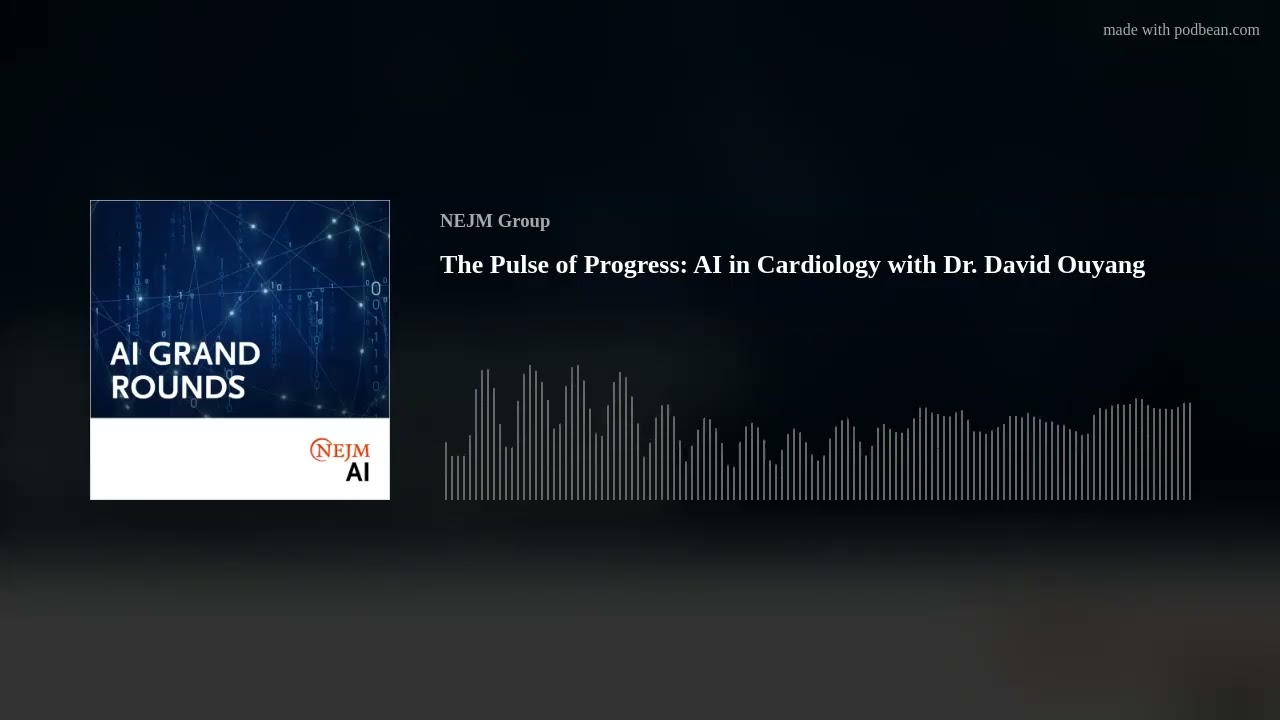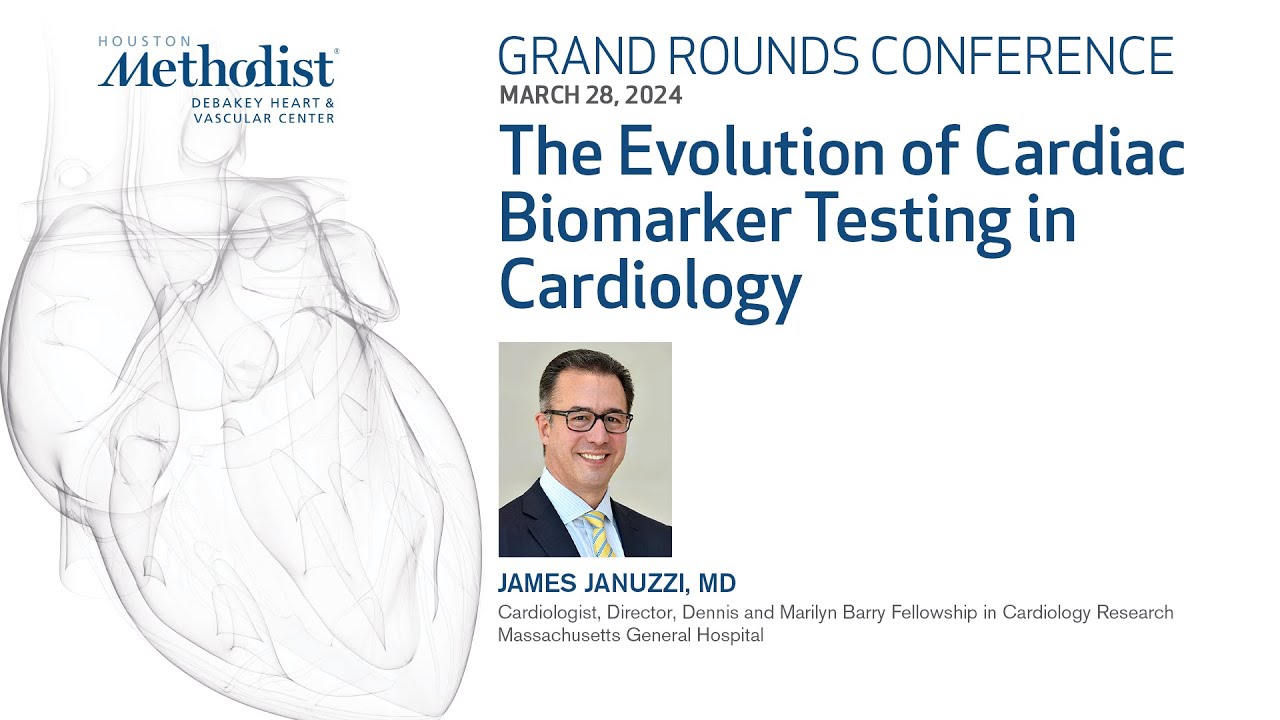NEW YORK (Reuters Health) – Pooled data from four studies indicate that everolimus-eluting stents (EES) are safer and more effective than paclitaxel-eluting stents (PES) in patients with acute coronary syndromes as well as in those with stable coronary artery disease, according to a report in the Journal of the American College of Cardiology for October.
The use of EES compared with PES resulted in “substantial reductions observed in the 2-year rates of death or MI, stent thrombosis, and ID-TLR (ischemia-driven target lesion revascularization) independent of clinical syndrome acuity,” conclude Dr. Gregg W. Stone, at Columbia University Medical Center, New York, and colleagues.
The team notes that several studies and randomized trials have demonstrated the superiority of EES over PES, but these trials were underpowered to establish relative safety and efficacy in patients with ACS. They therefore performed a pooled analysis of patient-level data from four randomized trials comparing EES with PES. The data included a total of 2,381 patients with ACS and 4,404 patients with stable CAD.
The analysis showed that the rate of death or MI at 2 years was 6.6% with EES versus 9.3% with PES (p=0.02) in patients with ACS. In patients with stable CAD, corresponding figures were 4.5% versus 7.1% (p=0.0002).
Similarly, comparing EES to PES, 2-year rates of stent thrombosis were 0.7% vs 2.9% among ACS patients and 0.7% vs 1.8% in those with stable CAD, while ID-TLR rates were 4.7% vs 6.2% in the ACS arm and 3.9% vs 6.9% in the stable CAD group.
“With more than 13,000 patient-years of follow-up, the present patient-level pooled analysis is the largest randomized comparison between any 2 DES (drug-eluting stents) to date,” Dr. Stone and colleagues state.
They conclude, “Treatment with EES versus PES provides enhanced safety and efficacy regardless of the acuity of the clinical syndrome being treated and appears to mitigate the increased risk of stent thrombosis associated with ACS.”
However, two editorialists ask, “Without data from randomized trials comparing EES with current-generation BMS (bare metal stents), can we reliably recommend EES as the default choice for PCI in all patients with ACS?”
Dr. Sanjay Kaul and Dr. George A. Diamond, at Cedars-Sinai Medical Center in Los Angeles, California say that the modest benefit in clinical restenosis along with the increased cost and the need for prolonged dual antiplatelet therapy argues against EES being the default stent choice for PCI in all patients with ACS.
They suggest judicious and selective use of drug-eluting stents, reserving them for patients at highest risk of restenosis; i.e., those with lesions longer than 30 mm, vessels smaller than 3 mm, or with diabetes. They recommend avoiding drug-eluting stents in patients unable to comply with dual antiplatelet therapy and those requiring noncardiac procedures.
J Am Coll Cardiol Intv 2011;4:1104-1118.






